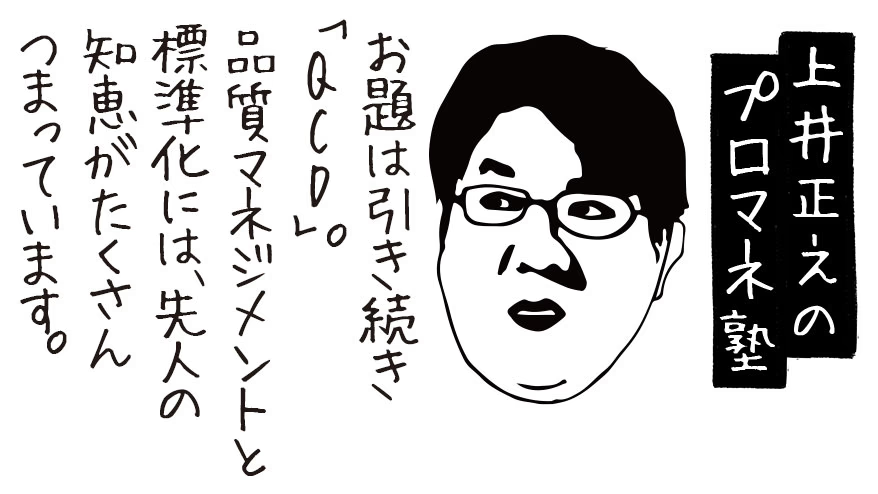こんにちはプロデュース部の上井です。
今回で5回目となる「プロマネ塾」の連載。
前回は、品質管理の基礎知識として、プロジェクトを構成する様々な要素を定量的に把握するために必要な視点「QCD(Quality, Cost, Delivery)」についてお話ししました。
「QCD」は、製造業における工業製品の設計・生産時の品質管理、品質改善のための活動の中で重視されてきた3つの評価軸でした。
今回も引き続き、「品質管理の基礎知識 その2」として「標準化・品質マネジメントシステム」についてお話ししたいと思います。
連載目次
1.開発工程モデルについて(2017年4月21日公開)
2.WBS構築について その1 プロジェクトの筋道を立てる (2017年6月15日公開)
3.WBS構築について その2 スケジュール・予算を立てる(2017年8月22日公開)
4.品質管理の基礎知識 その1 QCD(Quality, Cost, Delivery)(2017年10月18日公開)
5.品質管理の基礎知識 その2 標準化・品質マネジメントシステム( ←今回)
6.プロジェクトの前後を知ろう 〜次回公開予定〜
はじめに
品質管理・品質改善について体系化されたさまざまな知見が、メーカー(製造業)、建築設計、土木設計、建設の分野で活用されています。
これらは、工業製品の大量生産や、大規模な建造物を「計画どおりに作るにはどうしたら良いか?」の知恵と工夫の積み重ねです。
大量生産により数十万個の製品を生産する。高さ数百メートルの建物を建築する。延長距離数百kmの高架橋を建設する。といった生産、建設の現場では、作り上げるために、何トンもの原材料を調達(購入)したり、何百名もの工員を集めたり、加工・組み立てを行うための巨大な設備を構築する必要があったりします。
そのため、製造や建設の現場では、「品質管理」「品質マネジメントシステム」「標準化」などに取り組み続けています。もし大量の不良品が発生して、製品が納品できないことになれば、これらを調達した費用や設備への投資が損失に変わることを意味するからです。(時には何千万円!)
「プロマネ塾」第5回では、第4回に引き続き、品質管理に関する先人の知恵をいくつかご紹介します。
1.「標準化」とは
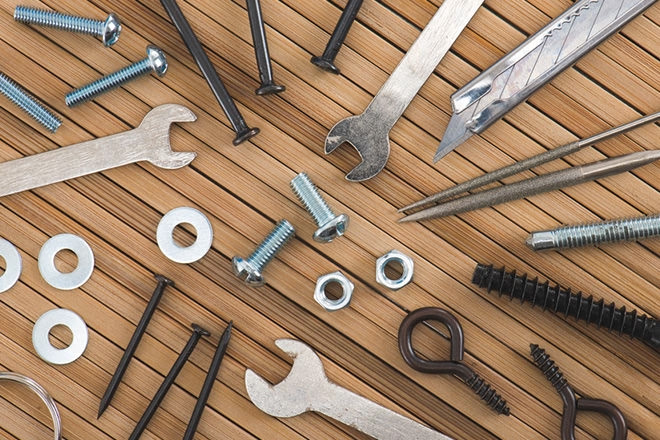
例えば、壊れた棚を直すために新しいネジが必要になったとします。ホームセンターで同じサイズのネジを買ってきて家のドライバーで簡単に付け替えることができます。
これを、当たり前のこととしているのが「工業標準化」です。
どの店でも同じサイズのネジが手に入ること、それを締めるためのドライバーも、どこで手に入れたものを使っても大丈夫です。ネジもドライバーも工業製品の標準化規格である「JIS」に規定されたとおりに作られているため、どの工場で作られたものを組み合わせても問題なく使用することができるのです。
「JIS」は、Japanese Industrial Standards(日本工業規格)を略したものです。
昭和24年に施行された「工業標準化法」に基づいて制定された国家規格が「JIS(日本工業規格)」ですが、同様に、ドイツ(DIN)、アメリカ(ANSI)、イギリス(BS)のように各国が工業規格を制定しています。
さらに、これらを国際的に標準化しているのが、ISO(International Organization for Standardization:国際標準化機構)です。各国1機関が参加し、国際的に適用させる規格を制定しています。
工業製品の標準化により、日本で購入したものが海外でも使えたり、修理できるようになったり、日本国内外において、製品の入手が容易となります。
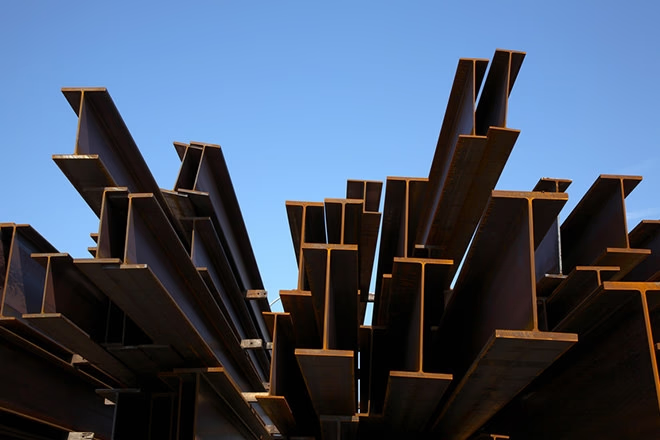
工業標準化は、ネジなどの製品の分野だけで行われているわけではありません。
工業製品の材料としての金属の材質についても JIS で規格化されています。
建築土木の構造材やエクステリア製品に使用される金属素材は、使用される場所や用途によって、鉄、鋼、ステンレススチール、アルミなどを使い分けますが、それらも、SS400、FCD400、SUS304、A3004 のように規格化されています。
JIS規格に沿った金属素材は、その成分および物性が規定されています。そのため、製品を設計する段階で、求められる強度が達成できるか構造計算により確認することが可能となります。天井のパネルを支えるために必要なボルトの太さや本数、橋梁を支える桁の材質、本数や厚みなど、「材質」「厚み・太さ」「本数」「固定方法」を設計と計算で決めることができるのです。
工業標準化は、ものづくりにおける製品に要求される強度や品質を、設計段階で効率的に精度高くつくりこむための仕組みなのです。
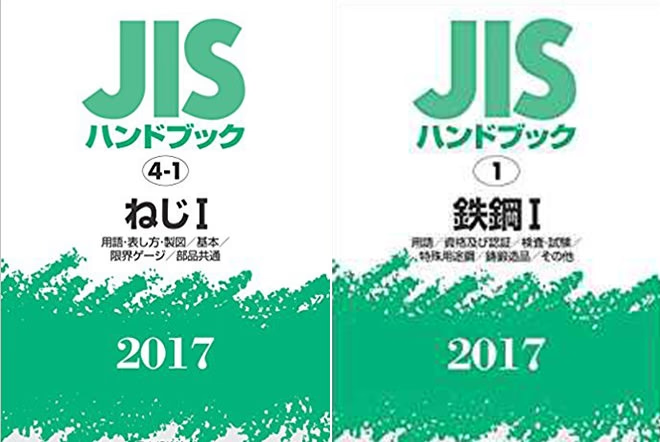
(左)JISハンドブック ねじI 2017(編集)日本規格協会(Amazon)
(右)JISハンドブック 鉄鋼I 2017(編集)日本規格協会(Amazon)
2.「品質マネジメントシステム」とは
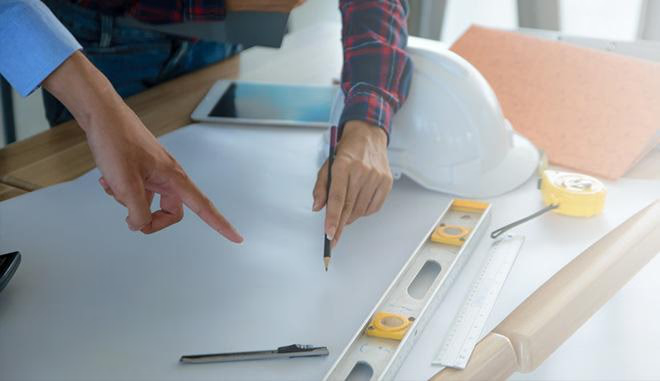
メーカー(製造業)、建築設計、土木設計、建設業では、多くの企業が「 ISO9001(品質マネジメントシステム)」の認証を取得しています。ISO9001 は、先の標準化の項でも触れた国際標準規格のひとつです。また ISO9001 は、 JISQ9001 として JIS 化もされています。
設計、製造、試験、販売、出荷などについて、品質管理の仕組みが設けられているか、適正に実施されているかを第三者の審査登録機関の審査に合格することで、認証を取得することができます。
ISO9001 は、1987年に初版が制定された当初は、9001(設計)、9002(製造)、9003(検査)と業務内容ごとに3つに分類されていて、ISO9000 シリーズと呼ばれていました。その後、2000年の第2回目の改定で、9001〜9003が統合され、9001に一本化されています。
設計・開発のプロセスにおいては、設計仕様決定および変更履歴の管理、各工程に対するレビュー、各工程へのアウトプットに対するインプットによる検証などの実施手順を定めています。(下図参照)

上の図を見て分かるとおり、「検証」「妥当性確認」の枠組みは以前紹介した「V字モデル」と同様であることがわかります。アウトプット・成果物を、上流工程からのインプットと照らし合わせて検証することが品質管理の基本であることは、どの仕組みでも変わりません。
ISO9001では、上記に加えて各プロセスにおいて、「デザインレビュー(設計審査)」を実施することと、設計内容の決定に至るプロセスや、設計変更における検討の経緯などの履歴を文書で管理することが求められます。
なかでも、デザインレビューは問題点や課題を後の工程に送り出さないための重要な仕組みです。また、デザインレビューを実施するレビュアーには高い知識と経験が求められます。レビュアーには問題、課題の指摘に止まらず、その課題の解決手法まで示すことが望まれるからです。
今回は、品質管理の基礎知識として、メーカー(製造業)、建築設計、土木設計、建設のプロジェクトを通じて構築された「工業標準化」「品質マネジメントシステム」についてお話ししました。
次回は、「プロジェクトの前後を知ろう」と題して、Web制作会社であるモノサスが受けるプロジェクトを、もっと高い視点から俯瞰で捉えてみようと思います。
それではまた、4月に。
